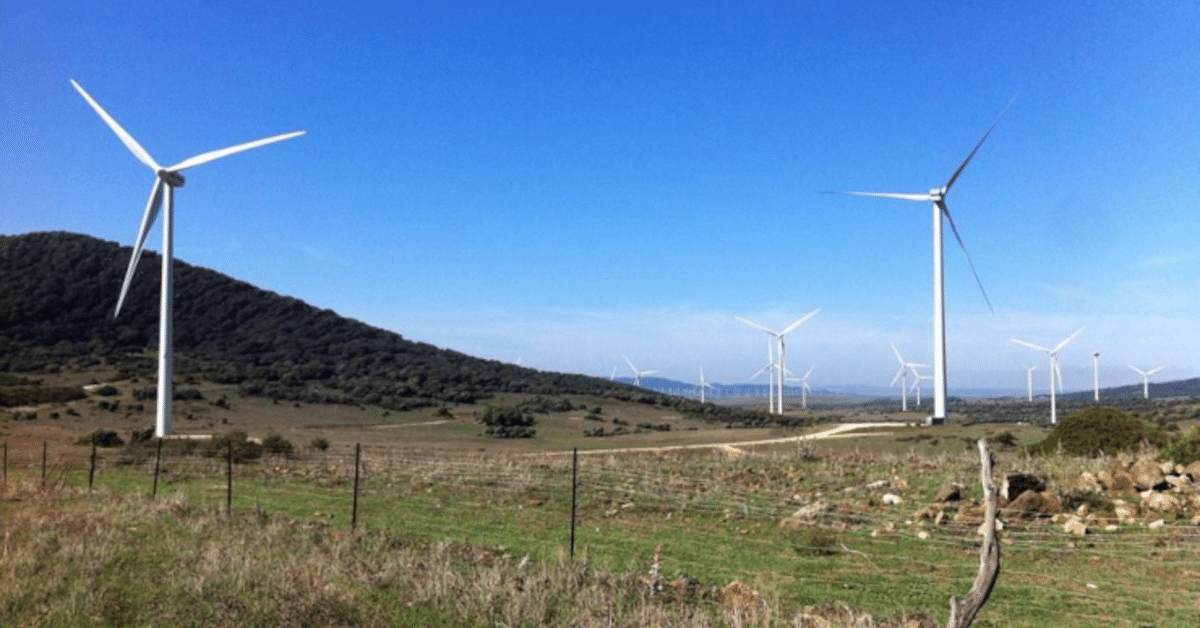Although the deployment of renewables in Spain has been successful in recent years, the implementation has been mostly based on large installations, with general lack of social consensus and without enough environmental safeguards, and a few local and distributed models.
● The energy auctions benefit the development of renewable macroprojects.
● Civil society demands comprehensive and participatory planning, together with an informed and robust environmental zoning.
● The new regulations evade public participation and relax the environmental assessment of renewable projects
Four government auctions have assigned a total of 10.1 GW of new grid connection capacity for renewables of which only 140 MW were aimed at photovoltaic local distributed generation. Resulting projects have provoked widespread protests in rural areas and criticism from conservation NGOs and scientists, due especially to a lack of prior planning and insufficient public participation.
Spain accounts for around 35,351 hectares dedicated to photovoltaic energy (excluding roofs and artificial surfaces) and around 1,298 wind farms in 857 municipalities with 21,574 wind turbines (‘Observatorio de Sostenibilidad’). Renewable power installed almost reaches 70,5 GW in 2022, which represents 59,2% of the total national electricity system (‘Red Eléctrica de España’).
A rapid and disorderly deployment of renewables has been promoted, without respecting (on many occasions) protected areas’ limits and surroundings, which will lead to unaffordable impacts on biodiversity. Also, an unequal model has been implemented, with large concentration of photovoltaic and wind energy in some rural and low GDP municipalities, creating controversy in the territory, motivating the appearance of a large number of anti-deployment platforms and generating a negative image of renewables.
During 2022, the Spanish government has approved a series of regulations with measures to face the energy crisis and the economic and social impacts derived from the war in Ukraine. Some of these measures are aimed at facilitating and expediting the deployment of renewables – Royal Decree-Law 2020/2022 – through less stringent environmental requirements and shortening of processing times for faster approval of macro-project proposals.
Existing national environmental sensitivity maps on land should be updated involving civil society. The strictest environmental zoning at sea of the recently approved Maritime Spatial Planning should be made binding for promoters and regions should approve and apply updated climate and energy laws and plans with associated zoning and sensitivity maps.
As well as ensuring that planning and auctions target new renewables development to urban and other areas with lower environmental sensitivity, the revised NECP should also initiate a participative ‘scenarios’ process to explore openly how different combinations of renewables, including the expected roles of energy storage, demand management and energy saving and efficiency, might meet stated objectives.

